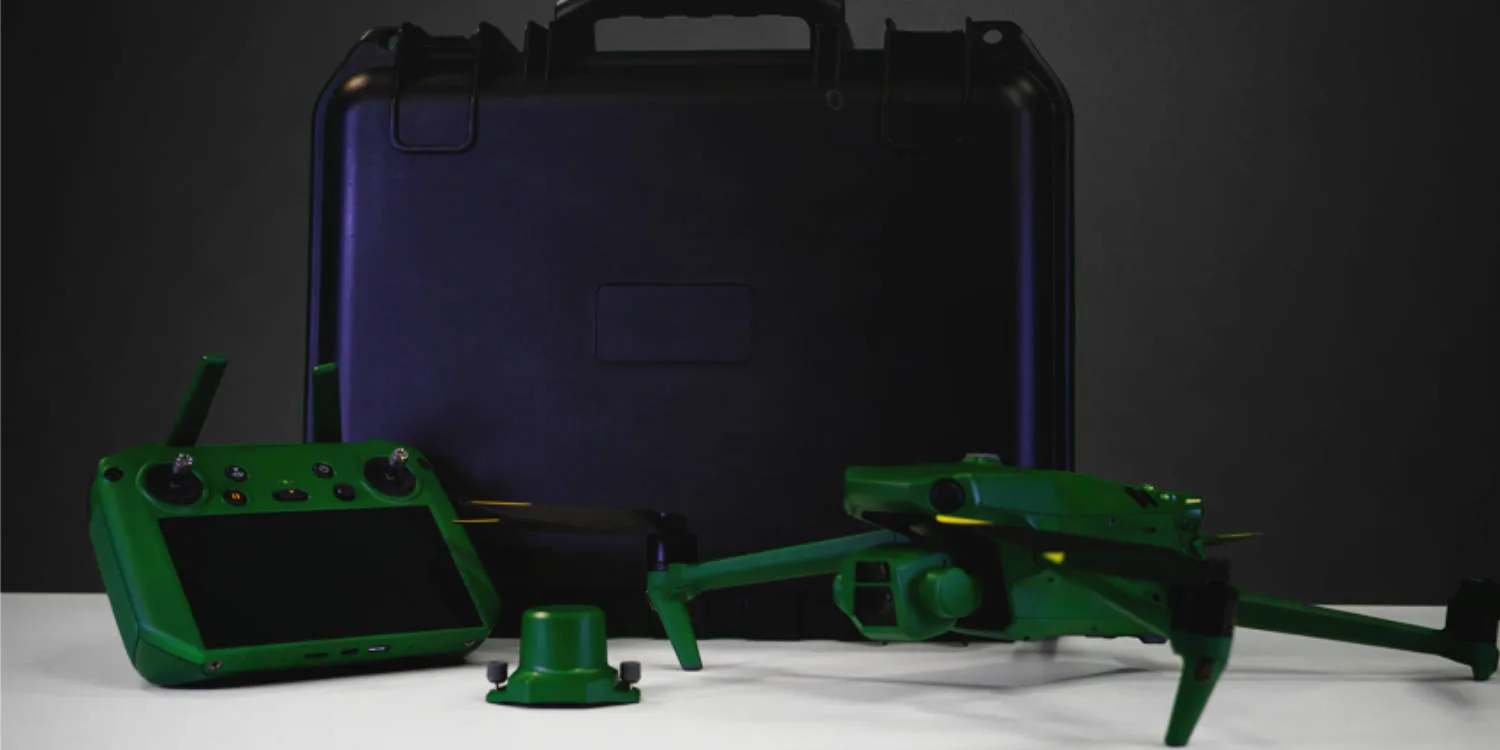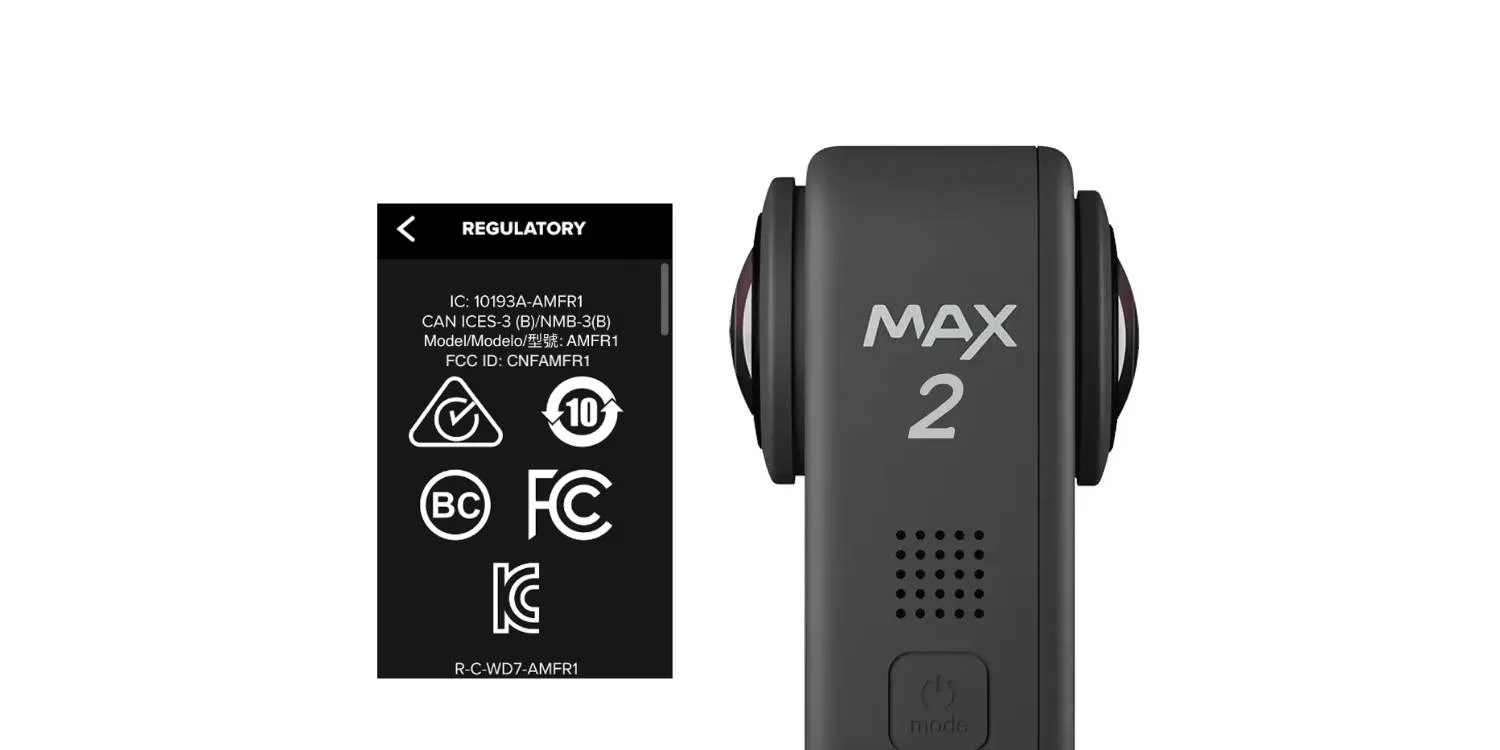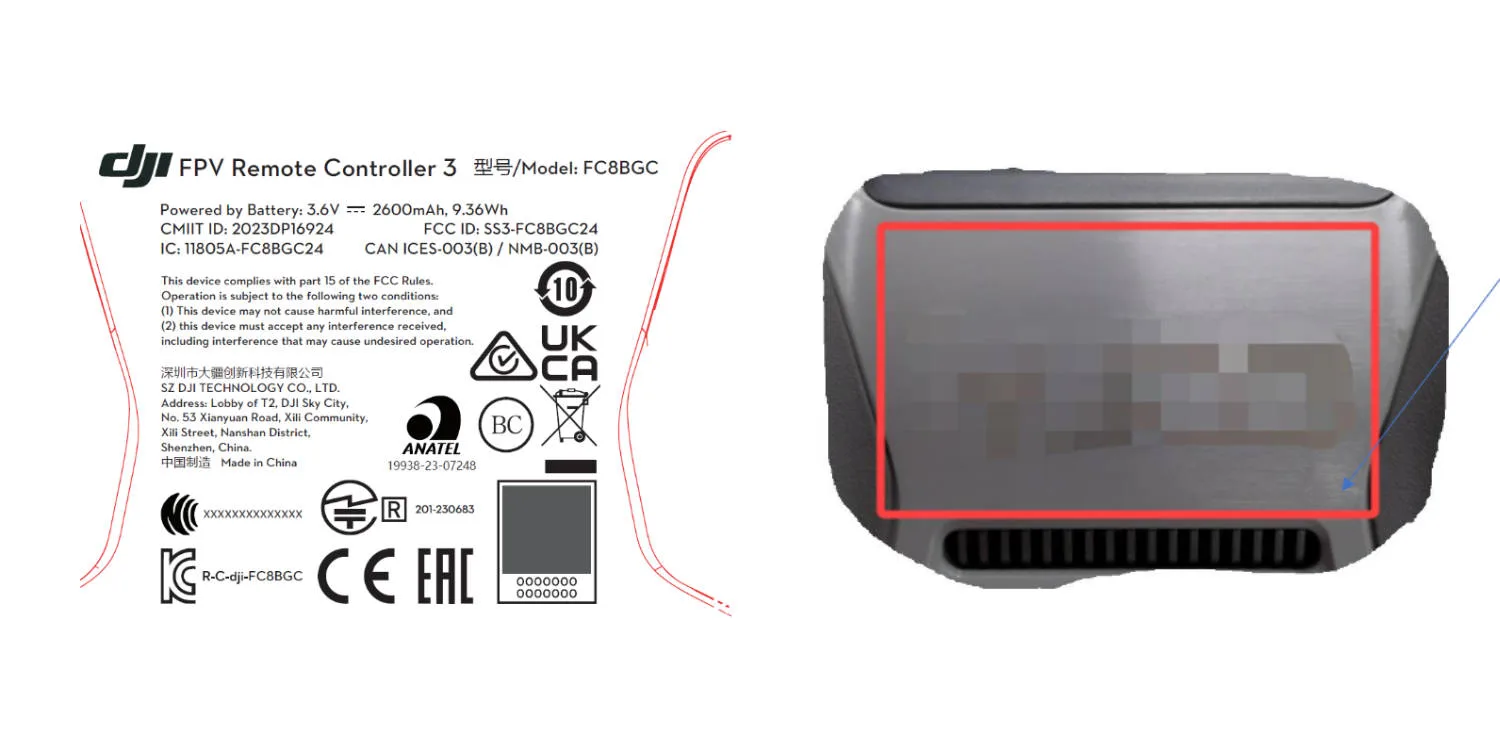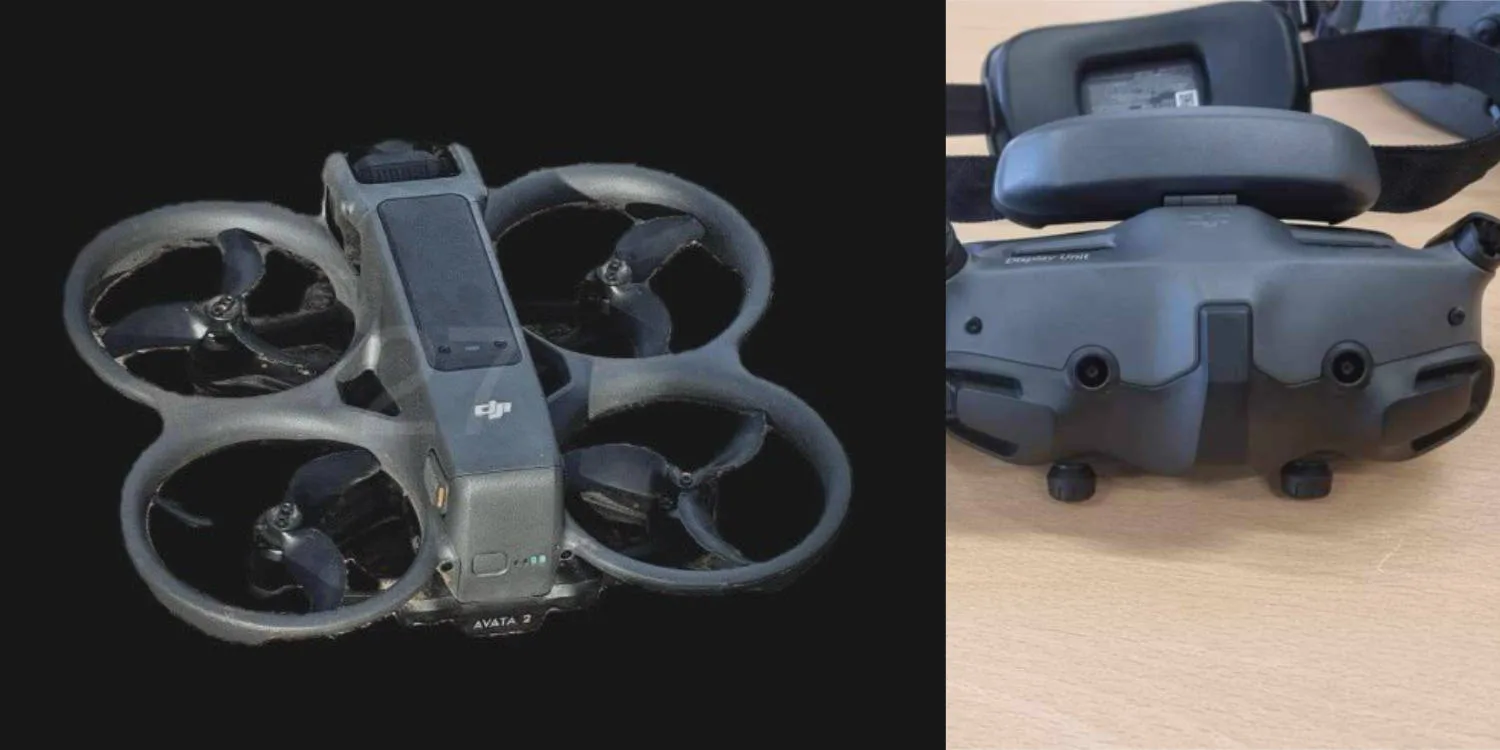Anzu Robotics released its green Raptor and Raptor T enterprise drones this week, which both look like another company’s drone on the market. DJI’s Mavic 3 Enterprise and Thermal.
Unlike what you might think this isn’t a case of stolen IP or blatant copying, rather a licensing deal between the largest drone maker, DJI and an American-based drone company, Anzu looking to solve a problem anyone else is yet to do.
Anzu Robotics-DJI relationship
Working with DJI, Anzu Robotics has signed a licensing deal with the company. The exacts of the deal are unknown, but we do know that DJI don’t know how many units are manufactured and then sold by Anzu. Not having this real-time information suggests the licensing deal could have been worked out on an estimated figure.

What’s actually different?
Hardware
Manufacturing of the drones have moved out of China and into Malaysia, with Mexico and the United States being options if required in the future. A majority of the parts inside the drones are no longer Chinese sourced parts, with exception to the custom DJI hardware and the thermal sensor, which are both still Chinese.
Software
The flight characteristics and controls are identical to their DJI counterparts making Anzu Raptor’s familiar and straightforward to use. The flight control app, from Aloft has been updated specifically for Anzu’s drones to mimic DJI’s software further adding to the familiarity.
While working on the custom version of the Aloft flight control app, the team broke DJI’s original logging and implemented their own version as well as making firmware changes to the drones to support the updated software and logging.
Importantly, as Aloft is a US company, all of the flight log data is stored on US-based servers. Removing a big sticking point in the regulatory battle between the US and DJI.
Is Azure Raptor BlueUAS certified?
At this stage Azure has decided not to go down the path of joining the BlueUAS certification with the main reason being that it will add on costs for the end user something the company’s CEO, Randall Warnas does not want to do. And, at the moment there is no legal pushback on the current setup of Anzu’s Raptor series of drones.
Why would DJI do this?
From Anzu’s side this business model makes sense, as long as the US government doesn’t see the Anzu Raptor series as a Chinese drone. For the time being, Anzu is leveraging two major benefits. One, using existing tech that has gone through generations of updates and is regarded as the best for many in the industry. And two, being that the tech is well developed, optimised, and production is outsourced, costs are lower when compared with other US drone companies.
For DJI, this isn’t the most ideal situation to be in, but is a lot better than being completely banned from the United States. If the ban goes through DJI is out of the US. Licensing it’s tech off to a US-based company that has removed the “China threat” out of the drone means DJI can continue to generate revenue from the region.
If you want to learn more about Azure Robotics and hear what the CEO, Randall Warnas has to say. Check out the Drone & Sundry podcast episode on the topic.
Conslusion
Anzu Robotics is working to essentially remove the “Chinese factor” out of the drone that the US government is so concerned about. This in turn allows US agencies to have access to high quality, trusted, and rigorously tested drone solutions that don’t cost upwards of double the cost of a DJI drone.
This is a smart move and should hopefully remove a lot of the panic many agencies have voiced over not being able to maintain a drone program due to costs if DJI was to leave the country. We will continue to watch Anzu Robotics closely and keep you updated with any new drones coming to the market.





